Main image: SWR’s first passenger-carrying Class 701 'Arterio' stands at London Waterloo on January 9, 2024. PAUL CLIFTON
The first Class 701 'Arterio' to carry South Western Railway passengers finally did so on January 9. But you wouldn’t have found the 1025 from London Waterloo to Windsor on any timetable - this was an additional train slotted into the day.
Main image: SWR’s first passenger-carrying Class 701 'Arterio' stands at London Waterloo on January 9, 2024. PAUL CLIFTON
The first Class 701 'Arterio' to carry South Western Railway passengers finally did so on January 9. But you wouldn’t have found the 1025 from London Waterloo to Windsor on any timetable - this was an additional train slotted into the day.
SWR did everything it could to conceal it until the very last moment. The first train was confirmed only the night beforehand - an unexpected additional service, slipped into the published schedule without telling passengers. It wasn’t exactly a triumphant entry into service.
RAIL was invited along on the condition that nothing was said publicly before the train pulled out of Waterloo’s Platform 19.
It’s easy to understand SWR’s nervousness. Countless deadlines have been missed. Most of the delays have been no fault of the train operator, but it’s the train operator that takes the reputational hit.
From a passenger’s perspective, that’s where the mud sticks. SWR’s trains don’t work, SWR’s promises have been broken, and travellers don’t particularly care to dig too deeply into the reasons why.
“Focus on the positive,” pleaded the company PR man. “These trains are game-changing.”
Well, they would be if these shiny ten-car air-conditioned trains, replacing worn-out rolling stock dating back to the days of British Rail on some of the most intensively used lines in the country, were actually in service.
But does running one train, once a day off-peak, on one route, really count as “in service”?
Worried Alstom engineers scurried through the train, balancing open laptops as they went. These are still early days.
What exactly is a “soft launch”? RAIL reader Rich Williams asked the question of the Department for Transport in a Freedom of Information Act request in early January.
The response: “A soft launch introduction is defined as those specific passenger services relating to the soft launch operating as specified.”
Well, that’s not much help, is it? What is the final deadline that DfT will accept for the introduction? “No final deadline has been set,” was the FOI response. “There are no alternative plans, and these trains will be introduced once driver training has been completed and the operator has received the final sign-off.”
That is untrue - trains will run long before the driver training programme is finished.
Here’s the state of play: South Western Railway has accepted 50 ten-car and 21 five-car trains. There are 60 ten-car and 30 five-car trains in the order. So, 19 trains are still not delivered.
Since January 16, SWR has been running one train each weekday on two return trips between Waterloo and Windsor. So far three different ten-car trains have been used for the service.
“The last significant issue is the stability of the train control and management system (TCMS),” explains SWR Engineering Director Neil Drury. Back in 2017, he placed the order with the manufacturer (then called Bombardier).
“Trains are a very, very complex system. The problem is the consistency. As we moved through the programme, we found more and more instances where bits of equipment would malfunction or trigger an alarm, in which the TCMS would behave slightly differently. Trying to get the consistency so we could train the crews has been our biggest challenge.”
The issues with TCMS are not new. They were first reported in RAIL in October 2021, when SWR told us: “None of the ongoing issues are insurmountable”, and when drivers’ union ASLEF stated: “These trains are not fit for purpose.”
Drury explains: “We’ve got a good number of trains upgraded now. We have to balance the upgrade programme to get them acceptable for service against the stabling capacity on the network.
“We only have spare stabling for about a dozen Class 701 'Arterios' on the network. We have to rotate those around as we modify them up to passenger service level, before we start cascading the fleet ready to roll out, knocking the old fleet out to create more space.
“There’s a whole suite of modifications and upgrades required as we go along. Today there are some anomalies with the train loading counters, which show how full each of the vehicles are. One of them was showing ‘full’ this morning. And it wasn’t.”
Most units are currently in storage, including at Long Marston, Eastleigh and Marchwood - wherever spare sidings can be rented.
Along the way, both ASLEF and RMT unions have raised concerns. They were unhappy with the cab design and they were unhappy with the equipment used by guards. For four years now, the pages of RAIL have been filled with a litany of safety concerns and technical failures on the Derby-built trains.
They were due to start carrying passengers from Reading in December 2019. In summer 2020, the first one was unveiled at the Wimbledon depot and given the name 'Arterio'. SWR said at the time that this symbolised its role as an artery for connecting the capital and beyond.
But the artery remains stubbornly sclerotic. In 2022, ASLEF wrote to drivers that one train at Wimbledon depot was found to have 90 separate faults. This list included 60 generic faults across the whole fleet, and 30 individual faults specific to that unit.
The faults include door obstacle detection technology, which prevented the trains being accepted for driver training. There was also a serious problem with traction converter cases that required all trains to be shut down, with the power supply isolated, whenever staff walked beside the trains. The case houses the motor converter module, for traction power, and auxiliary converter module for lights, heating and door operation.
Other faults included the coupling and uncoupling process, issues with windscreen wipers, and cab doors that proved difficult to open.
In a comment which in hindsight was premature, in May 2022 SWR announced “a final software drop” would see the trains ready for service.
The delays have left SWR short of rolling stock. Its 30 Siemens Class 707s (built in 2016) have been transferred to Southeastern, where they are regarded as very successful.
Twenty-eight Class 458s, which continue to operate Reading-Waterloo services, are being taken out of service in rotation for a delayed £25 million refurbishment programme by Alstom at Widnes.
The entire complex cascade of rolling stock was based on the availability of Arterios to replace them. The impact has been largely masked by the lingering impact of COVID, with recovery of passenger numbers on SWR slower than on other operators.
SWR attributes that to the larger proportion of high-earning office-based commuters into central London in its catchment - the cohort of people who are now most able to work from home for at least part of the week.
“Hopefully we will continue to see trains in service, step by step - making sure the crew are working through the changing operations, ironing out issues with the platform-train interface, and making sure we address demand where required,” says Drury.
Eventually, the 90 new trains - all 750 carriages - will run to Reading, Windsor and throughout the busy south London suburban network. But it’s fair to say that for most passengers, they won’t be arriving at a platform near you any time soon.
Read more about NWTC's proposals in RAIL 1003, on-sale February 21 2024.
Login to continue reading
Or register with RAIL to keep up-to-date with the latest news, insight and opinion.

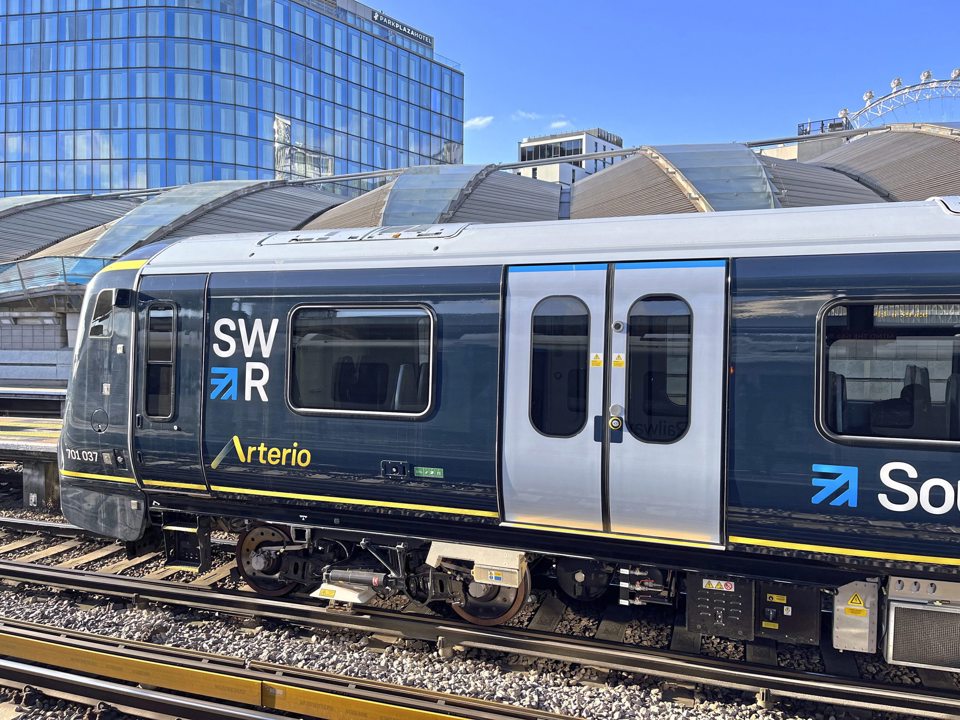

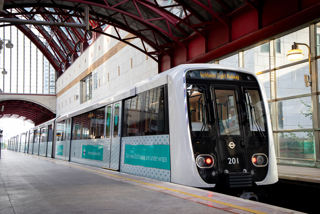
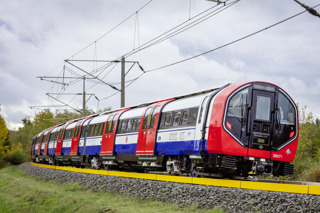
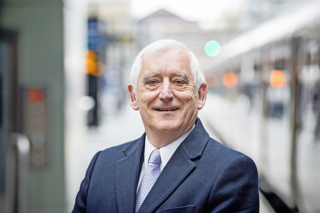
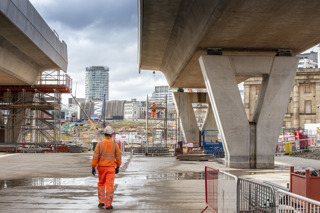
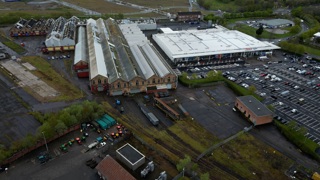











Dominic Davis-Foster - 16/02/2024 22:10
Many of these were in storage at Long Marston when I went in January. What's different from the Aventras that means there are so many more issues? The Aventras weren't flawless (esp. the Elizabeth Line ones at first) but not this bad.